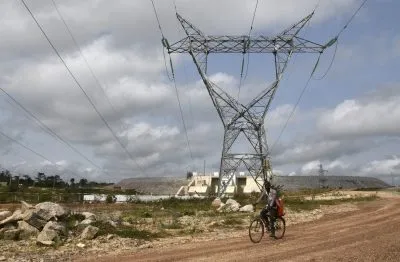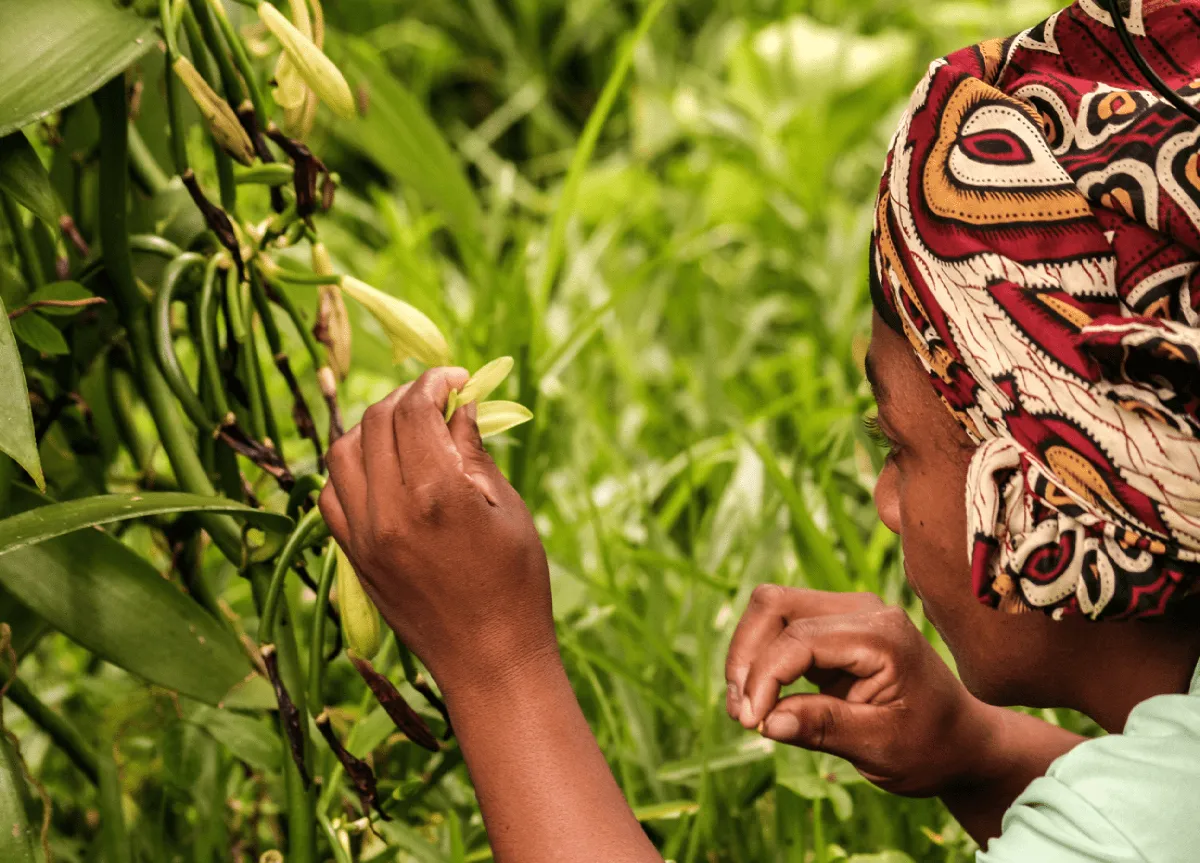Durban, South Africa’s busiest port, is to get a new container harbour. It will be situated at the site of the old Durban International Airport, which was scrapped just prior to the 2010 Fifa World Cup.
Durban’s proposed new container harbour, given the official nod recently, can thank the 2010 Fifa soccer World Cup for the fact that it is happening.
After nearly 50 years of debate over whether or not to move Durban International Airport (DIA) from the industrial area adjacent to the city to a pleasanter and more convenient location in the sugar cane fields some 40km to the north, it became apparent as the Games loomed that the old DIA would not cope with the expected influx of fans. It took just a year to build the new complex and despite the construction rush, it has been widely acclaimed for its good looks and modern-day efficiencies.
So what to do with the old Durban International? It was not long before Transnet, the state-owned freight transport logistics conglomerate, pounced and snapped it up.
By April this year, the sale was complete and Transnet was the new owner, acquiring the DIA site from sister parastatal Airports Company of South Africa for R1.8bn ($270m). The old airport was to become a new seaport.
The sale, little more than a book entry at the Treasury to which both entities report financially, pulled the virtual starting gun trigger on a multibillion-rand project for a dug-out container-dedicated port.
The new terminal will comprise 16 container berths, five automatic berths and four liquid bulk berths and will handle an annual 9.6m TEUs (20ft equivalent units) when all four phases are in place, sufficient for South Africa’s required container capacity to 2040. The project could employ around 20,000 workers and would need a 25-year development programme budget of some R100bn ($14bn)
Gasp of fresh air
The site could not be more handily located, just a few kilometres south of the extensively serviced main harbour complex. The harbour, however, suffers from serious log jam with increasing handling activity and expansion shoehorned into a space-confined precinct hemmed in by Durban’s principal industrial area. The new harbour will be a sudden gasp of fresh air for Africa’s busiest port and a boost for its ambitions to become an Atlantic and Pacific rim container hubbing port, a crown the city has long been angling for. Most enticing for designers and builders is the opportunity to start the port from scratch.
“For us a new dug-out port in a greenfield site will allow for the latest design and technology,” says Durban mayor, Obed Mlaba. “It would be able to handle larger volumes and bigger ships. But most importantly it will have major economic and job creation spin-offs for Durban and that’s the most important thing for the country. Over the years the current port has shown consistent growth, but expansion has been constrained.” South Africa’s other big ports of Cape Town, Port Elizabeth, East London and Richards Bay take some of themaritime load but are eclipsed by Durban, whose growth as a trade gateway was hurried by Johannesburg and other Gauteng industrial engines.
The 600km road and rail corridor between Johannesburg and Durban is the busiest in the southern hemisphere and is the backbone of South Africa’s freight transportation network. However, decades of rail service degeneration has resulted in an overwhelming preference for road transport, clogging roads and making them hugely expensive to maintain.
While importers and exporters will celebrate the coming of the new container terminal, there will also be nervousness by goods consignors and handlers aware that Durban’s road and rail facilities cannot contend with much more traffic without extensive infrastructure upgrade.
Transnet says it has set aside R300bn ($47bn) to modernise its services across the board, with special attention to bringing the railways up to speed, including new locos and rolling stock, upgraded and new routes, and overall modernisation.
But is it enough, in this day and age of galloping inflation, hidden costs and inevitable overruns?
According to Transnet’s
acting chief financial officer Anoj Singh, the R300bn ($36bn) allocated to the parastatal for its infrastructure programme “is not enough. Definitely, it is not enough”.
Singh describes Durban’s port development as a mega-project and that delays and cost overruns are to be expected.
“If you look at the last 100 years. If you look at the roll-out of mega projects, history tells you that you will have 30% to 40% capital overrun on these projects,” he says.
Transnet has estimated that the planned rail service upgrade will increase freight handling by 75% from 200m tons currently to some 350m tons.
The R50bn ($6bn) first stage of the four-phase programme is scheduled for completion in 2019 with the overall project wrapped up in 2037.
PPP at last?
Private sector enthusiasm for the harbour project was voiced by Andrew Layman, CEO of the Durban Chamber of Commerce and Industry, noting that the port upgrade would be a boost to the local economy.
“We think it’s an extremely important project. There’s no question that we need the additional port and that it will enhance the economic prospects of the province and the city by a very big margin. The challenge is to integrate the new port into the economy and create those extra jobs.”
For the last 20 years or so, the people of Durban have been speculating about “when” not “if” Durban will overtake Johannesburg as South Africa’s premier industrial and commercial centre, and also take the crown as the most populous.
For some considerable time a stream of factories in and around Johannesburg have been relocating to Durban to save on mounting transport costs to the coast for their exports.
With unfettered harbour expansion, enhanced transport logistics, rapidly growing businesses around the new airport and rash of multi-sectorial development, it seems that the former seaside holiday centre will be ready for its new business mantle a lot sooner than anticipated.
Want to continue reading? Subscribe today.
You've read all your free articles for this month! Subscribe now to enjoy full access to our content.
Digital Monthly
£8.00 / month
Receive full unlimited access to our articles, opinions, podcasts and more.
Digital Yearly
£70.00 / year
Our best value offer - save £26 and gain access to all of our digital content for an entire year!
 Sign in with Google
Sign in with Google 



